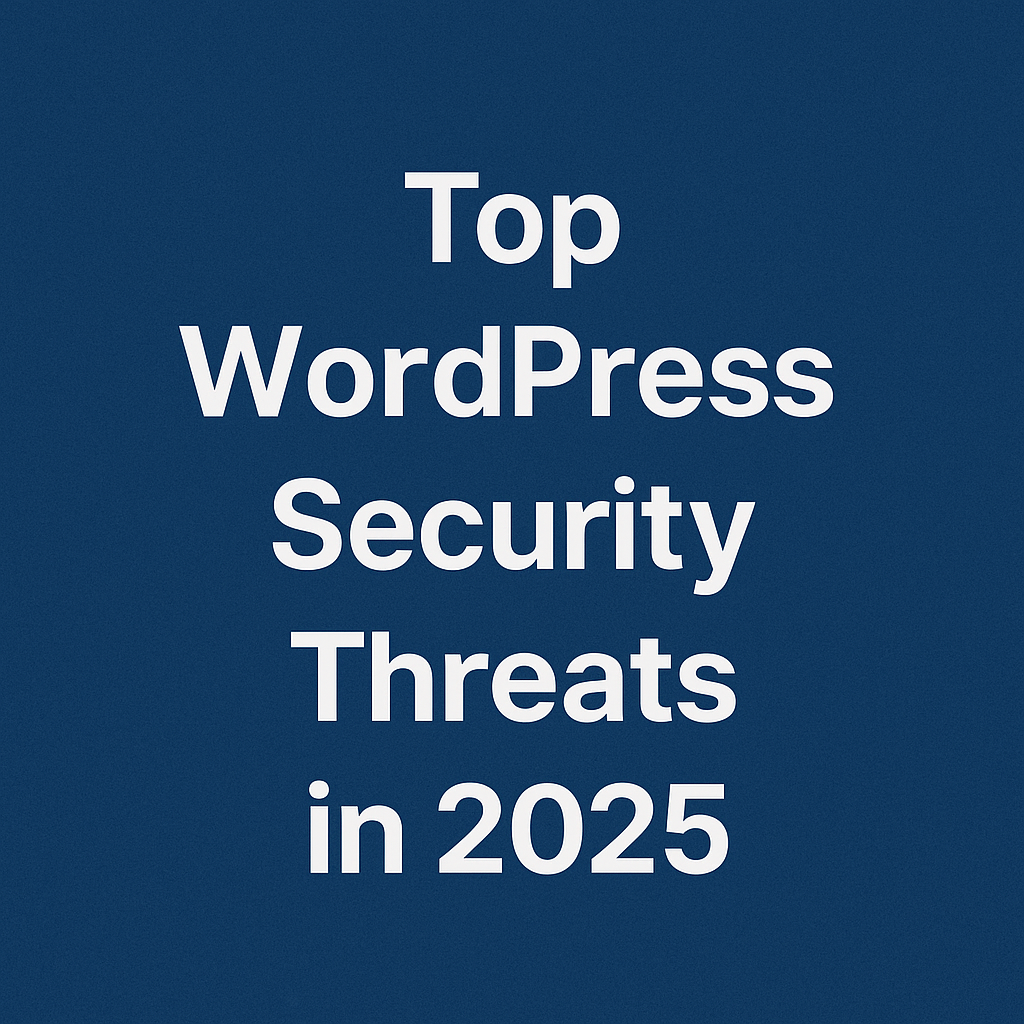Why You Should Care, Even If You’re Not Technical
There’s a reason everyone’s talking about WordPress security this year. With wordPress powering well over 40 per cent of the web, it’s crucial to understand that a glitch or weakness can ripple through business sites, blogs, shops, and your own brand’s front door.
What’s making 2025 feel different? Attacks are getting smarter, faster, and quieter. Hackers are relying on automation and AI to spot weak spots in seconds. The good news: being prepared makes all the difference.
The Real Threats You’ll Want to Watch
Let’s break things down into everyday language—no jargon, just clarity:
1. Abandoned or Unmaintained Plugins and Themes
Most vulnerabilities come from third-party add-ons. If a plugin hasn’t seen an update in ages, it’s like leaving your front door unlocked. In 2024, there were nearly 6,000 new vulnerabilities discovered—most of them in themes and plugins, not WordPress itself.
2. AI‑Powered Attacks and Automated Scans
Hackers now use bots that behave like smart tourists: they scan your site, spot minimal weaknesses instantly, and keep probing until they slip through.
3. Cross‑Site Scripting (XSS)
This isn’t as scary as it sounds. It’s when bad code gets injected into your site—often via a plugin—and can steal visitor data or redirect them. In 2025, XSS accounted for nearly half the known plugin vulnerabilities.
4. Brute‑Force Logins
Ever had a password that just felt obvious? Hackers are trying thousands of combinations every minute. Weak or default usernames like “admin” are still a top target.
5. Vulnerable Plugins and Themes Still Active in the Wild
Even big names can slip up. For example, the Post SMTP plugin had a flaw allowing password resets via email IDs, affecting over 160,000 sites—but it’s fixable by updating.
The Alone – Charity theme recently had a critical vulnerability that allowed hackers to inject malware or bypass admin users, affecting roughly 200 sites before it was patched.
How to Act on This—Simple, Practical Steps
Here’s where experience and know-how shine. You don’t need to act like a technologist—follow a few habits:
- Delete anything you’re not using. Don’t leave plugins or themes “just in case.”
- Update promptly. Many updates are one-click, and they often include security fixes.
- Use strong passwords and enable two-factor authentication (2FA). This stops most login attacks dead.
- Think small—attackers do. Protect login pages, limit login attempts, and use CAPTCHA when you can.
- Backup regularly. If things go south, you won’t be starting from scratch.
- Stay informed. Follow a trusted source or set alerts for WordPress security news.
Final Thoughts: Why We Keep Talking About This
Security isn’t a one‑and‑done checkbox. It’s about building good habits and staying engaged. The threats in 2025 are real—and they’re evolving. But Ezyweb Australia brings experience and reliability to the table, helping clients stay resilient. You can relax, knowing we’re watching those weak spots so your WordPress site remains safe. Stay engaged, stay informed, and keep building those good habits.
Want help setting things up—or a quick review of your current setup? We’re just a message away.
